
Polarstern Cruises The Polar Waters
RV Polarstern
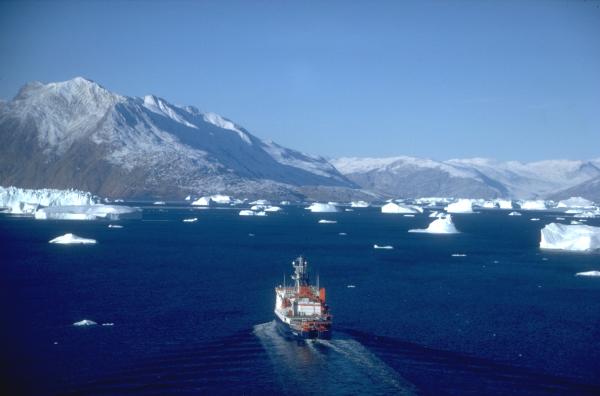
The German research icebreaker RV Polarstern (meaning pole star) conducts scientific research missions in the Arctic and Antarctic waters. In the above image, the Polarstern is navigating the waters near Scoresby Sund in Eastern Greenland.
Sea Ice sampling
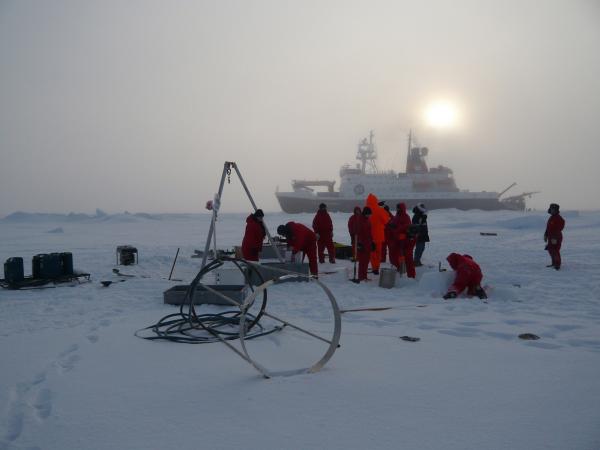
The Polarstern is 390 feet (118 meters) long and has a maximum speed of 18 knots (21 mph or 33 kph). The ship is equipped for biological, geological, geophysical, glaciological, chemical, oceanographic and meteorological research, and houses nine research laboratories.
Scientists prepared a research station on Arctic sea ice in the above image.
A closer look
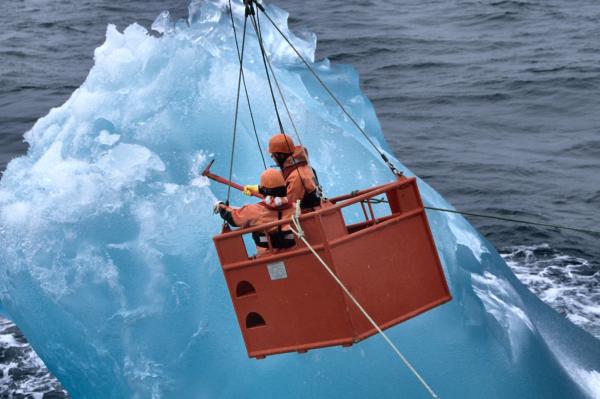
On an extension arm, crew members of Polarstern hovered above a small iceberg and removed samples of the ice. The research vessel contains refrigerated rooms and aquaria that permit the transport of samples and living marine fauna.
Sea floor studies
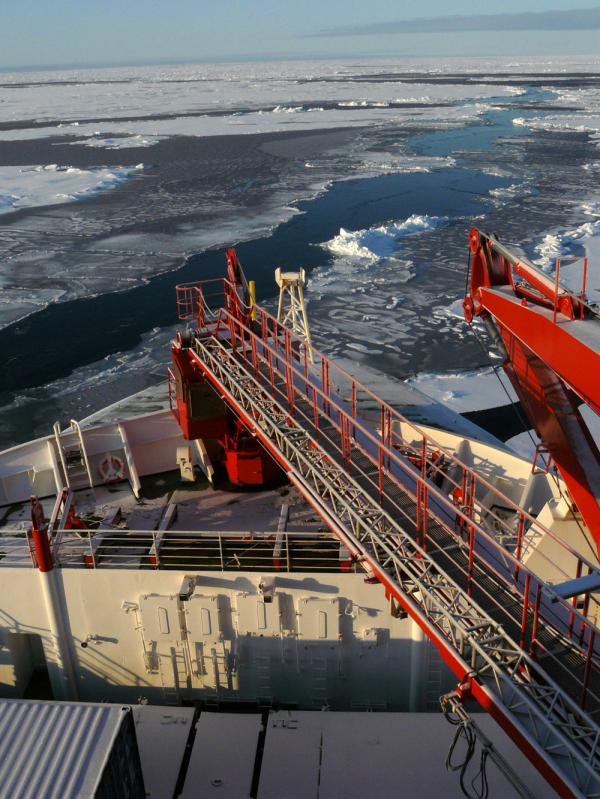
The RV Polarstern bursts through pack ice and opens up the waters below to the researchers' instruments. Research equipment and high-tech measuring instruments are positioned with the help of cranes and winches, sometimes at extreme depths. The ship's special sounding devices can go down to a depth of 33,000 feet (10,000 meters) and can penetrate up to 500 feet (150 m) into the sea floor.
Under the ice
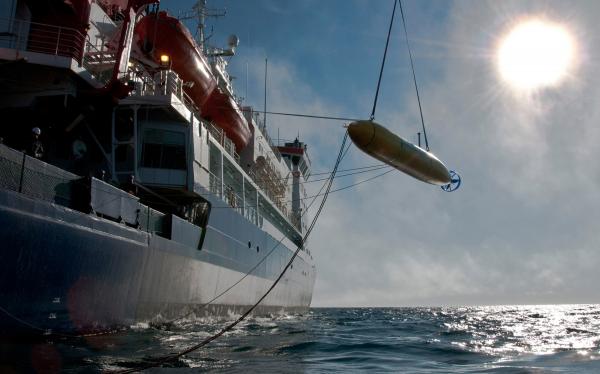
From the deck of the Polarstern, researchers deployed an autonomous underwater vehicle. This underwater robot recently completed its mission, and the samples it collected are being analyzed for clues about how marine life survives in the harsh Arctic environment.
Leading the way
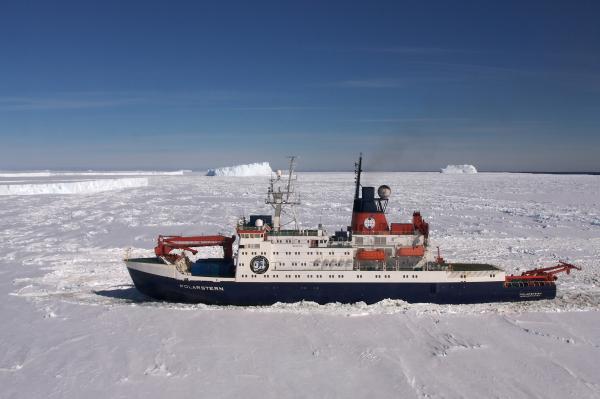
In this image, the RV Polarstern is breaking through the ice at Atka-Bay in Antarctica for a supply vessel that was following behind. The Polarstern can operate at temperatures as low as minus 58 degrees Fahrenheit (minus 50 degrees Celsius) and can smash through up to 5 feet (1.5 meters) of ice. Credit: Michael Trapp/AWI.
Sign up for the Live Science daily newsletter now
Get the world’s most fascinating discoveries delivered straight to your inbox.
Supply ship
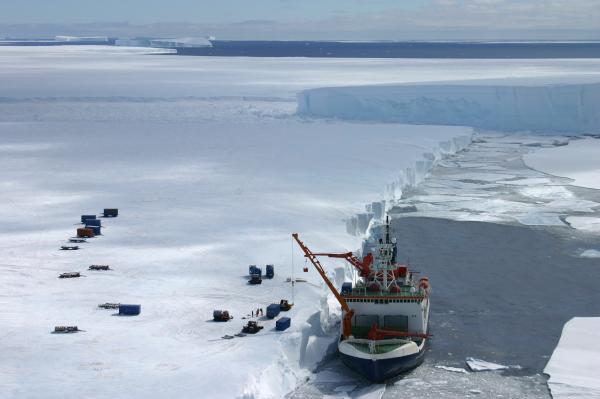
The RV Polarstern also serves as a supply ship and unloads freight for Neumayer Station in Antarctica. The ship unloaded vehicles and sleds with its crane in the above image.
Onward
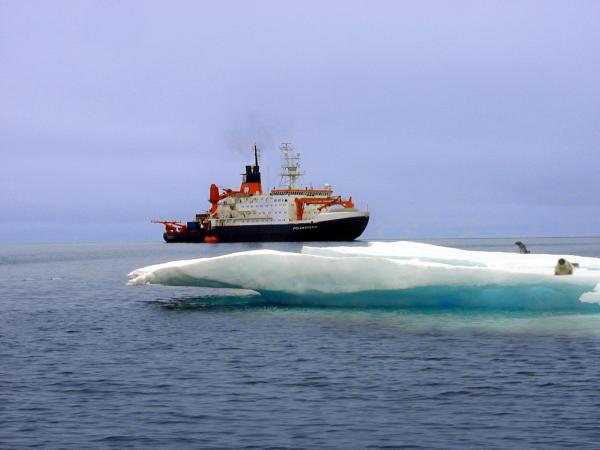
The RV Polarstern in the Antarctic Ocean.
The Polarstern spends almost 320 days a year at sea.









